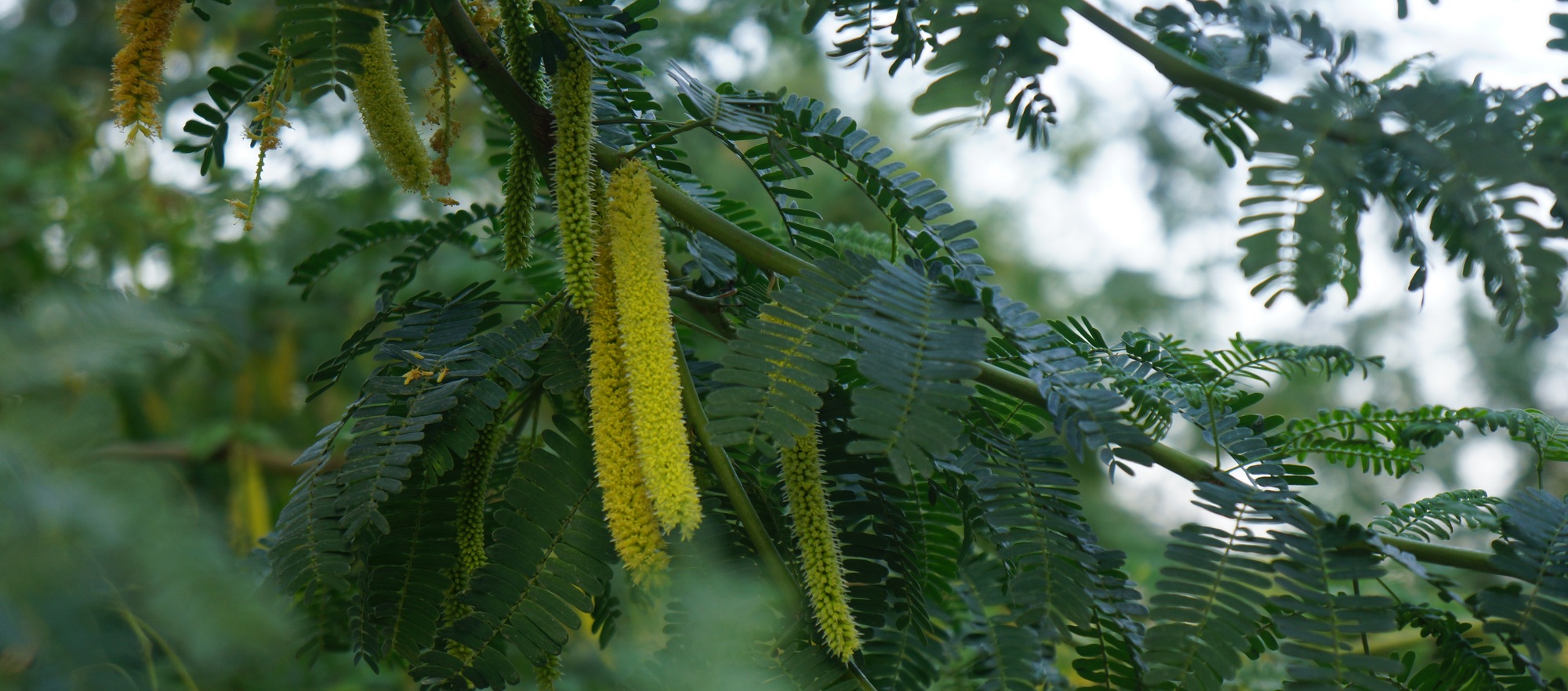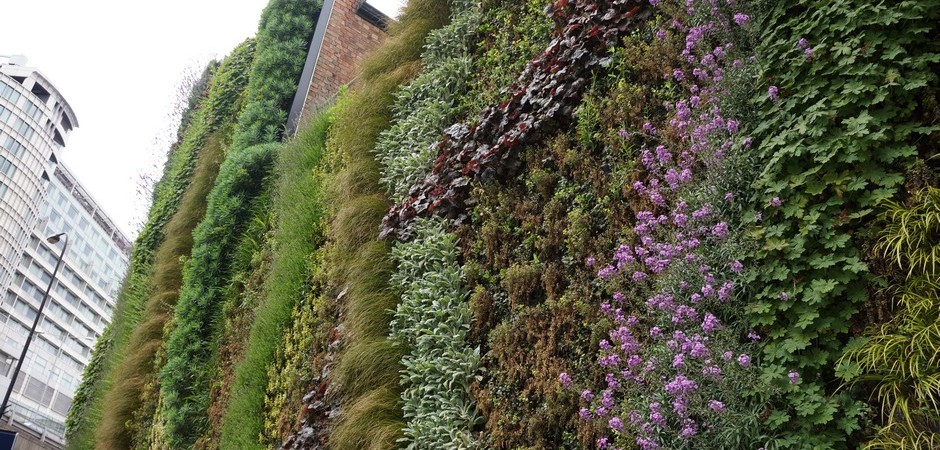NOTE: This article was first written in 2006, so some aspects have been updated to reflect current realities.
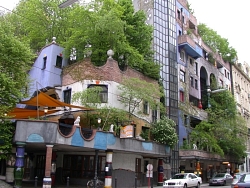
Biomembranes is a term I’m borrowing from biology (the structure bounding a cell) to describe the outer skin of future self-sustaining buildings. I have stated elsewhere that I believe that for the built environment – and therefore our societies – to become sustainable, every building and community must deal with its own wastes, generate its own energy and provide nourishment – both physical and emotional – for the occupiers. Only by the creation of truly independant, carbon neutral buildings can we achieve this.
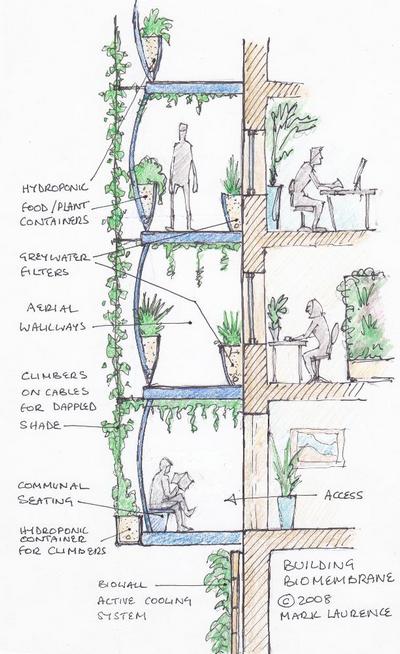
This would be a subtle and far reaching art, not easy to achieve but I believe that the rewards would be many, not to mention necessary. In this respect, the science of biomimicry will play an important part, for example, in developing paint-on polymers that photosynthesize energy, or tensioned fabric five times stronger than steel or kelvar, made with no heat or pollution, just like a spider’s thread. Whilst we haven’t perfected those products yet, let me list some of the benefits we can look to achieve in the near future:
- horizontal and vertical skins of living plants that insulate, filter the air of dust and pollution, dampen noise and attract wildlife. Current living walls are used sparingly as art pieces.
- composting and filtration systems that clean the building’s waste and return nutrients and water to the biomembrane and surrounding landscape.
- Algal biofuel production using building wastes.
- interior landscapes that provide internal cleansing and beauty.
- blurring of internal/external space.
- energy generation as integral with the building fabric as passive solar/pv/wind.
- pedestrianised streets as wooded valleys or urban forest gardens.
- SUDS drainage to filter excess water straight back to the local water table.
- pedestrian/bike/electric vehicle shared surfaces removing car domination.
- increase of social space by good design.
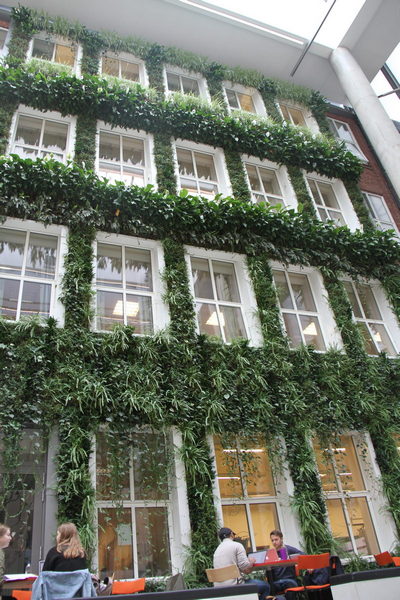
Some of these ideas are becoming well established, such as green (or living) roofs and walls, others are being played with by a few, but as yet, no one is trying to pull all these things together into a cohesive whole system. I am thinking of concepts such as combining vertical greening with greywater filtration, active cooling systems, air purification and algal biofuel from building wastes. I have recently been inspired by the work of the world-renowned architect Ken Yeang (Llewelyn Davies Yeang) based in London and Malaysia. Ken has worked extensively on the concepts of bio-climatic buildings and so his ideas are very close to my heart. Furthermore, one of his main concerns is the organisation of internal space by social structure, rather than by economic return on investment. This very much reminds me of the work of Christopher Alexander (see Pattern Language); despite apparent differences of style, the underlying philosophy is similar, Ken’s work placing it into a modern urban context.
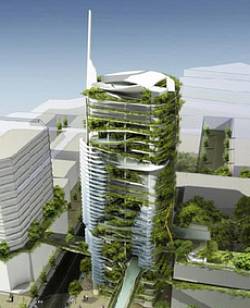
There is a lot to do but the future will need autonomous bio-buildings that take care of themselves without external input, other than sunlight and human organisation. The main challenge is then to retrofit these systems to existing buildings, which will always be the large majority of available building stock.
Meanwhile, take inspiration from the work of Hundertwasser (top right) and Ken Yeang (bottom right). The application of green technology, biological water filtration and the use of every surface to create living, breathing buildings shows that humanity can and will grow up and see beyond the profit line, which so dominates and limits current thinking.
First published in 2006
